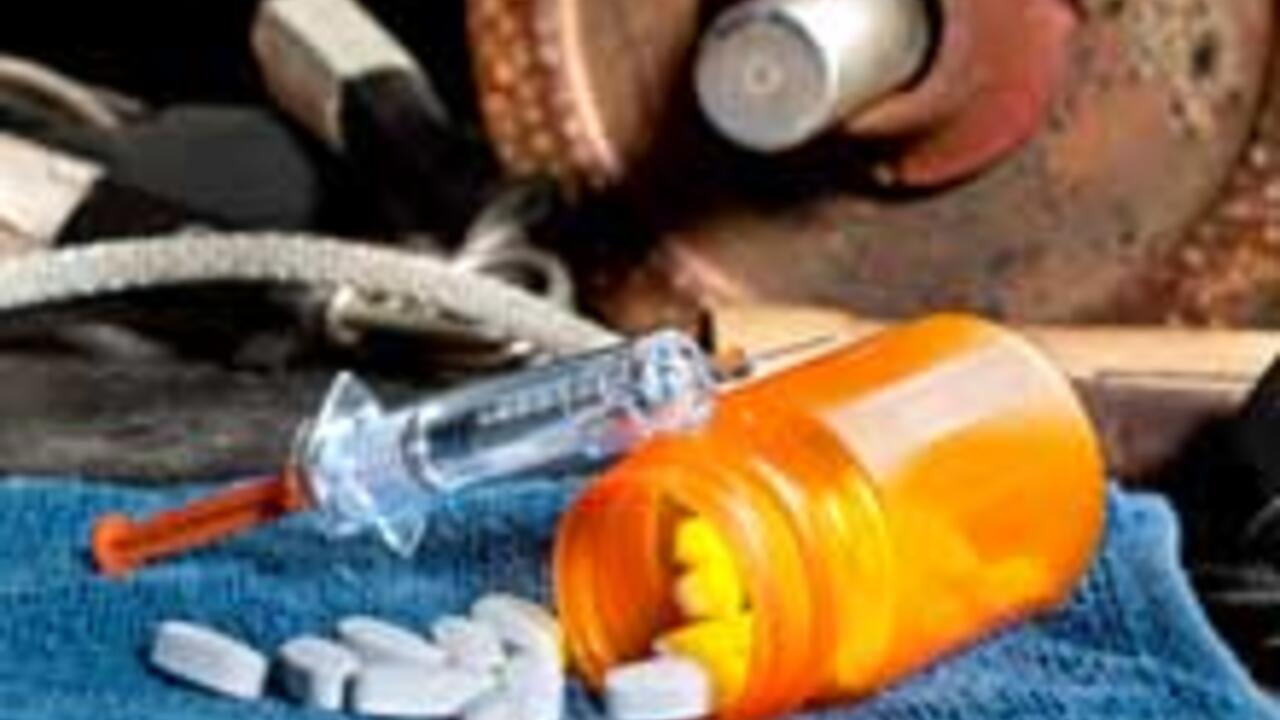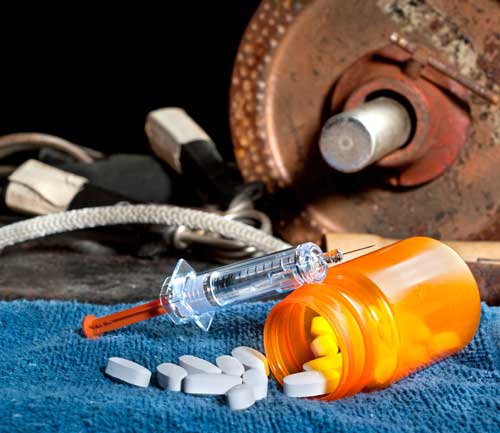
Doping in sport: New saliva tests will make it easier to catch cheats
Saliva strips invented by Waterloo chemists can detect a broad range of banned substances in minutes

Saliva strips invented by Waterloo chemists can detect a broad range of banned substances in minutes
By Victoria Van Cappellen and Katharine Tuerke Faculty of ScienceAs officials gear up for a $4-million anti-doping program at the Pan Am Games, a team of chemists in the University of Waterloo’s Faculty of Science have developed a saliva test that could be cheaper, faster and an alternative to urine tests.
The revolutionary technology, which involves a specially coated sampling device that sits under the tongue for five minutes, would make it harder for athletes to cheat.
“Saliva is a lot easier and faster to test than blood or plasma,” says chemistry postdoctoral fellow Vincent Bessonneau, a member of the team led by Canada Research Chair Janusz Pawliszyn.

Photo credit: joebelanger/iStock/Thinkstock
Unlike traditional blood and urine tests, this new test for banned substances would allow officials with non-medical training to collect the samples directly from athletes without invading their privacy.
“Sampling and sample preparation are done in one step,” says chemistry postdoctoral fellow Ezel Boyaci. “In addition to being a testing method, it’s also an ideal screening tool that can be completed directly on-site.”
Since the non-invasive test can be taken on-site, it minimizes the athlete’s ability to cheat or avoid the test. Analysis could be completed in less than 30 minutes, and would allow officials in future to disqualify positive-tested athletes before the awards ceremony.
Building a better drug test involves being able to detect a wider range of substances with greater accuracy. But making it easier for a test to be administered by almost anyone will also make it harder for cheating athletes to avoid detection.
Officials at the Pan Am games in Toronto are expected to conduct more than 1,700 urine tests and 500 blood tests to validate winners across 365 events.
The new saliva test could become the World Anti-Doping Agency’s onsite drug-testing method prior to urine or blood confirmation at the laboratory.
Unlike urine, which contains hundreds of metabolites, saliva is a direct filtration of the blood and contains the intact drug molecule but in much smaller concentrations.
Although what you find in the blood you also find in saliva, blood is much more difficult to analyze.
The key to this revolutionary technique is the application of solid-phase micro-extraction (SPME), which is a coating on the test strip that extracts the substances from saliva. SPME, in comparison with other methods, is simpler to use and more sensitive. This unique coating could be applied to any sampling surface.
The Waterloo research group is working to develop a single-use, disposable probe, such as a flexible “gum” membrane or convenient “lollipop” test strip to extract molecules from saliva.
“SPME is incredibly flexible and can provide solutions across many areas,” said Boyaci. “One of our challenges has always been to convince people this is the technology of the future.”
According to the authors, the SPME saliva protocol could eventually be developed in combination with portable instrumentation into roadside testing for drugs and alcohol.
This is not the only SPME doping drug testing method developed at Pawliszyn’s lab. The potential of the technique has been already proved in urine and plasma. Currently, Pawliszyn’s team is working to shorten total analysis time to less than five minutes. These methods meet the performance standards for the World Anti-Doping Agency and will soon undergo independent clinical trials.
Former Waterloo Chemistry postdoctoral fellow Malgorzata Maciazek-Jurczyk was also involved in the saliva project.
The Natural Sciences and Engineering Research Council (NSERC) of Canada funded the research, which appeared in a recent issue of Analytica Chimica Acta.

Read more
Here are the people and events behind some of this year’s most compelling Waterloo stories

Read more
15 University of Waterloo researchers have been named to the annual Highly Cited Researchers™ list for significant contributions to their specific fields of research

Read more
Meet five exceptional Waterloo graduate students crossing the convocation stage as Class of 2025 valedictorians
The University of Waterloo acknowledges that much of our work takes place on the traditional territory of the Neutral, Anishinaabeg, and Haudenosaunee peoples. Our main campus is situated on the Haldimand Tract, the land granted to the Six Nations that includes six miles on each side of the Grand River. Our active work toward reconciliation takes place across our campuses through research, learning, teaching, and community building, and is co-ordinated within the Office of Indigenous Relations.